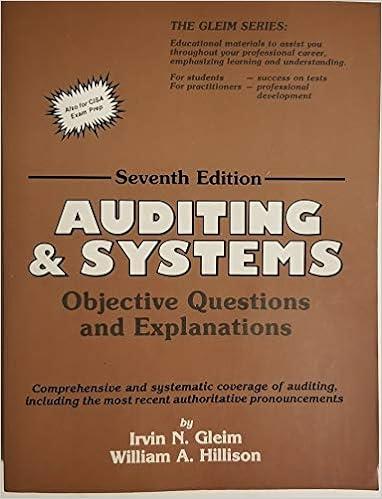please help with part 1-4 !!
the first 3 pictures are the question
the last 2 are an example. please use first pictures numbers

Superior Fender, which uses a standard cost system, manufactured 20,000 boat fenders during 2024 , using 141,000 square feet of extruded vinyl purchased at $1.55 per square foot. Production required 410 direct labor hours that cost $14.50 per hour. The direct materials standard was seven square feet of vinyl per fender, at a standard cost of $1.60 per square foot. The labor standard was 0.026 direct labor hour per fender, at a standard cost of $13.50 per hour. Read the requirement. Begin with the cost variances. Select the required formulas, compute the cost variances for direct materials and direct labor, and identify whether each variance is favorable (F) or unfavorable (U). (Abbreviations used: AC= actual cost; AQ= actual quantity; FOH= fixed overhead; SC= standard cost; SQ= standard quantity.) Does the pattern of variances suggest Superior Fender's managers have been making trade-offs? Explain. The direct materials cost variance combined with the direct materials efficiency variance suggests that managers may have used direct materials. The net effect on the total direct materials variance is The direct labor cost variance combined with the direct labor efficiency variance suggests that managers may have used workers who performed more efficiently. The net effect on the total direct labor variance is Pro Fender, which uses a standard cost system, manufactured 20,000 boat fenders during 2024 , using 145,000 square feet of extruded vinyl purchased at $1.10 per square foot. Production required 420 direct labor hours that cost $14.00 per hour. The direct materials standard was seven square feet of vinyl per fender, at a standard cost of $1.15 per square foot. The labor standard was 0.025 direct labor hour per fender, at a standard cost of $13.00 per hour. Read the requirement. Now we can determine the cost variances for direct materials and direct labor and identify whether each variance is favorable (F) or unfavorable (U). For costs, a variance is favorable when actual costs were less than the standard and unfavorable when actual costs exceeded the standard. Pro Fender, which uses a standard cost system, manufactured 20,000 boat fenders during 2024 , using 145,000 square feet of extruded vinyl purchased at $1.10 per square foot. Production required 420 direct labe hours that cost $14.00 per hour. The direct materials standard was seven square feet of vinyl per fender, at a standard cost of $1.15 per square foot. The labor standard was 0.025 direct labor hour per fender, at a standard cost of $13.00 per hour. Read the requirement. less than the standard and untavorable when the actual quantity exceeded the standard. Does the pattern of variances suggest Pro Fender's managers have been making trade-offs? Explain. Carefully review the result of this analysis and consider the meaning of cost and efficiency variances. What does the favorable direct material cost variance and unfavorable direct materials efficiency variance suggest about quality of direct materials that were being used? What does the unfavorable direct labor cost variance and favorable direct labor efficiency variance suggest about quality of labor that was being used












